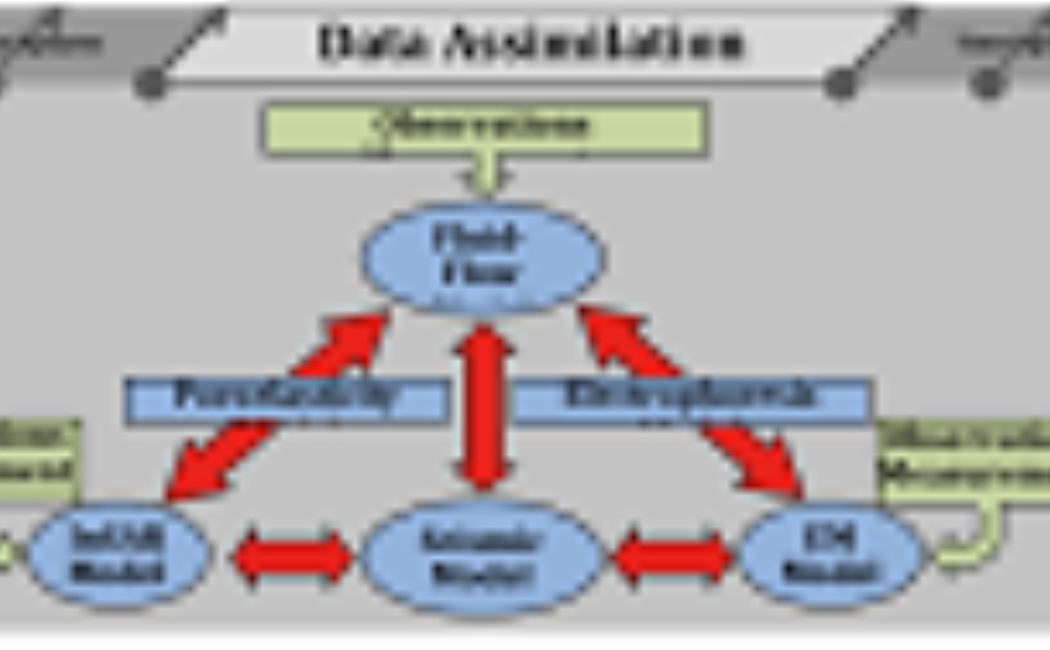
Assessment, design, and monitoring of human activities involving reservoirs and aquifers in the Earth’s subsurface require large-scale simulation of reactive transport processes over long time periods. However, such simulation remains a difficult hurdle for numerical modelers. Several reasons may be invoked to explain these difficulties, including the need for higher order algorithms, conservation of mass locally, large time steps, and production of no or minimal over/under-shoots and numerical diffusion. On the other hand, simulating multiphase flows in geologic formations necessitates better understanding of phase behavior. The effects of temperature, pressure, and salt concentration on interfacial tension and its effect on hysteretic relative permeability and capillary pressure are among the current challenges that researchers face in the development of models of multiphase flow in porous media. Due primarily to their inaccessibility, subsurface formations are poorly characterized, and so techniques for estimating model parameters and quantification of uncertainty are additional challenges modelers must face. These difficulties are essential to overcome for all geosystems, but especially for modeling CO2 migration and trapping in geologic formations, which is the focus of the current research proposal. An important novelty of our approach is to compare numerical predictions of geochemical and isotopic signatures with field observations to constrain the estimation of parameters. If one can track accurately the movement of geochemical and isotopic signatures of, say, carbon, oxygen and the noble gases in reservoir fluids and brines, then they provide strong constraints on the extent of reactions, the interaction of fluids, and their transport. This in turn allows much more accurate estimation of various other model parameters, including formation permeability and porosity. We will apply Ensemble Kalman Filtering (EnKF) in this context, i.e., using data not merely from seismic and well logs, but also from geochemical and isotopic signatures of carbon, oxygen and noble gases. In addition, estimates of uncertainty in subsurface characterization will be obtained using this approach.